Tag: barrel
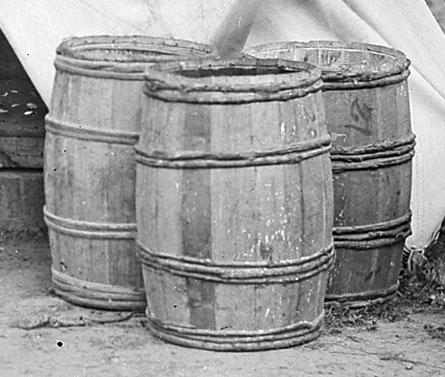 Wikipedia says: A barrel or cask is a hollow cylindrical container with a bulging center, longer than it is wide. They are traditionally made of wooden staves and bound by wood or metal hoops. The word vat is often used for large containers for liquids, usually alcoholic beverages; a small barrel or cask is known as a keg.
Wikipedia says: A barrel or cask is a hollow cylindrical container with a bulging center, longer than it is wide. They are traditionally made of wooden staves and bound by wood or metal hoops. The word vat is often used for large containers for liquids, usually alcoholic beverages; a small barrel or cask is known as a keg.
Early casks were bound with wooden hoops and in the 19th century these were gradually replaced by metal hoops that were stronger, more durable and took up less space.
An Egyptian wall-painting in the tomb of Hesy-Ra, dating to 2600 BC, shows a wooden tub made of staves, bound together with wooden hoops, and used to measure wheat. Another Egyptian tomb painting dating to 1900 BC shows a cooper and tubs made of staves in use at the grape harvest. Palm-wood casks were also reported in use in ancient Babylon. In Europe, buckets and casks dating to 200 BC have been found preserved in the mud of lake villages. A lake village near Glastonbury dating to the late Iron Age has yielded one complete tub and a number of wooden staves.
The Roman historian Pliny the Elder reports that cooperage in Europe originated with the Gauls in Alpine villages where they stored their beverages in wooden casks bound with hoops. Pliny identified three different types of coopers: ordinary coopers, wine coopers and coopers who made large casks. Large casks contain more and bigger staves and are correspondingly more difficulty to assemble. Roman coopers tended to be independent tradesmen, passing their skills on to their sons. The Greek geographer Strabo records that wooden pithoi (barrels) were lined with pitch to stop leakage and preserve the wine.
Barrels were sometimes used for military purposes. Julius Caesar used catapults to hurl burning barrels of tar into towns under siege to start fires. The Romans also used empty barrels to make pontoon bridges to cross rivers.
Empty casks were used to line the walls of shallow wells from at least Roman times. Such casks were found in 1897 during archaeological excavation in Britain of Roman Silchester. They were made of Pyrenean silver fir and the staves were one and a half inches thick and featured grooves where the heads fitted. They had Roman numerals scratched on the surface of each stave to help with reassembly.
In Anglo-Saxon Britain, wooden barrels were used to store ale, butter, honey and mead. Drinking containers were also made from small staves of oak, yew or pine. These items required considerable craftsmanship to hold liquids and might be bound with finely worked precious metals. They were highly valued items and were sometimes buried with the dead as grave goods. Churns, buckets and tubs made from staves have been excavated from peat bogs and lake villages in Europe. A large keg and a bucket were found in the Viking Gokstad ship excavated near Oslo Fiord in 1880.
Showing 1–16 of 639 resultsSorted by latest
-
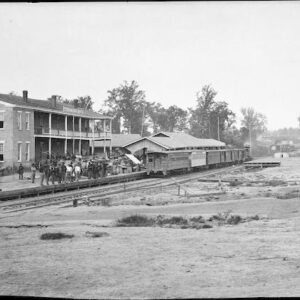
Image ID: AZMA
$1.99 -
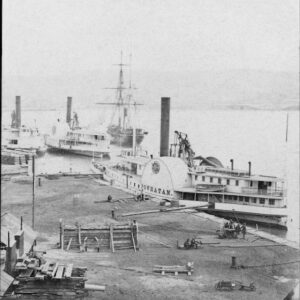
Image ID: AZMH
$0.99 -
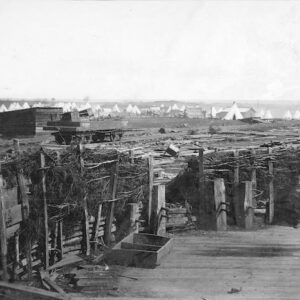
Image ID: AZMK
$2.99 -
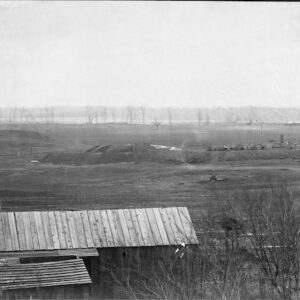
Image ID: AZMS
$3.99 -
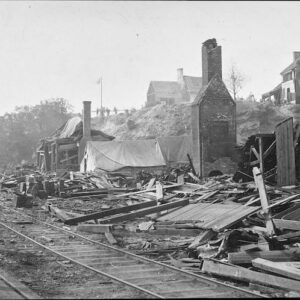
Image ID: AZOG
$1.99 -
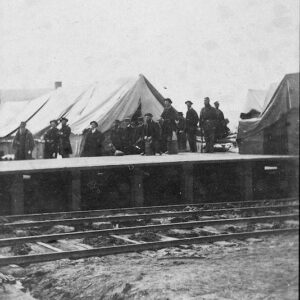
Image ID: AZHU
$0.99 -
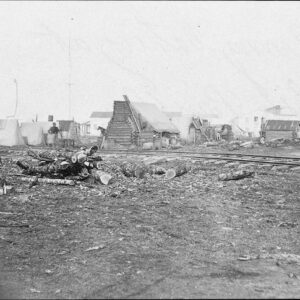
Image ID: AZIE
$0.99 -
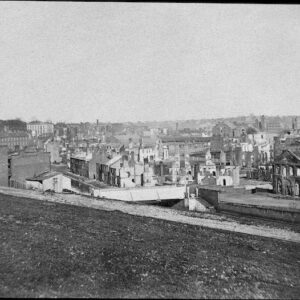
Image ID: AZIG
$0.99 -
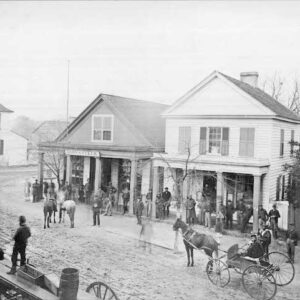
Image ID: AZCU
$1.99 -
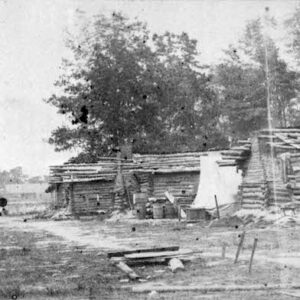
Image ID: AZDP
$0.99 -
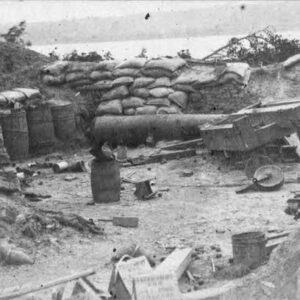
Image ID: AZDQ
$0.99 -
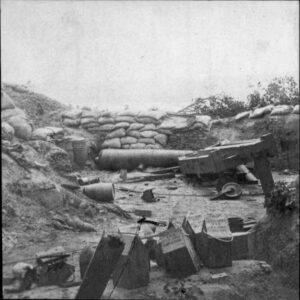
Image ID: AZDU
$0.99 -
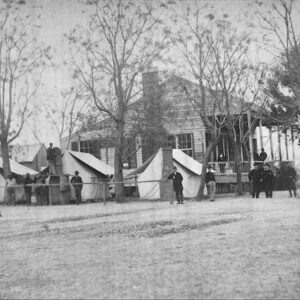
Image ID: AZEK
$0.99 -
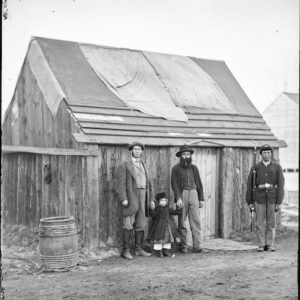
Image ID: AZEY
$6.99 -
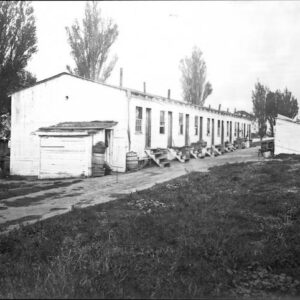
Image ID: AZAU
$0.99 -
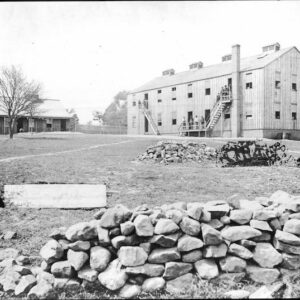
Image ID: AZBH
$0.99